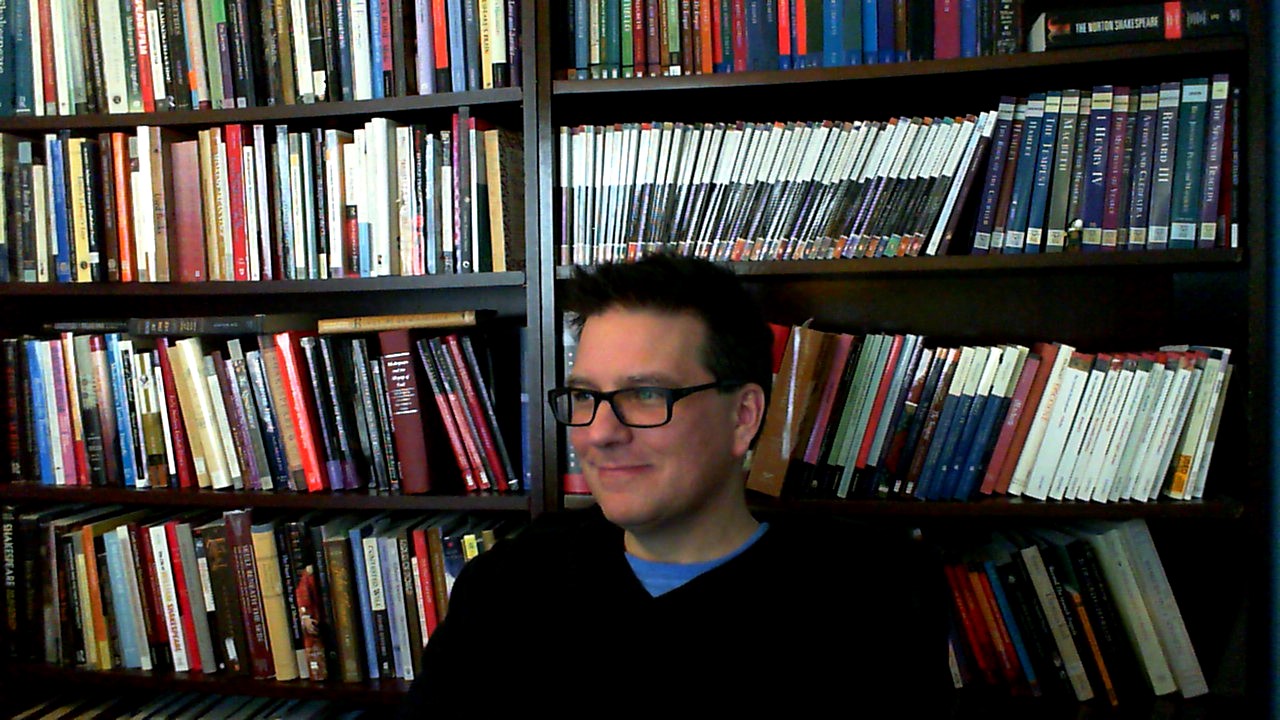Christopher Crosbie
@ncsu.edu
Associate Professor of English
North Carolina State University
I specialize in English Renaissance drama, ethics, and the reception of classical philosophy in the early modern era. My particular interests are in Aristotelianism (in all its variety) and moral philosophy (across various traditions). I’m especially fascinated by the ways classical philosophy finds unique expression on the popular stage — and by the ethical valences these kinds of appropriations hold. My current project, tentatively titled Shakespeare and the Communal Ethics of Intention, examines the ethical demands the unknowable intentions of others put on moral agents in Shakespearean drama.
RESEARCH INTERESTS
Shakespeare, Renaissance drama, ethics, Aristotle, classical philosophy
Scopus Publications
Scholar Citations
Scholar h-index
Scholar i10-index
Scopus Publications
C. Bourne and E. C. Bourne
Routledge
Christopher Crosbie and
Philosophy Documentation Center
Christopher Crosbie
John Wiley & Sons, Ltd
Christopher Crosbie
University of Chicago Press
The principal challenge posed by the Longleat manuscript, or Peacham drawing, has been to account for the few marked discontinuities that exist between an image and its accompanying patchwork of texts, components that otherwise might seem to correspond rather well. Widely considered the only illustration of a Shakespearean play from the author’s lifetime, this single folio sheet (Figure 1) apparently depicts a scene, or perhaps scenes, from Titus Andronicus. Across the top of the leaf appears a drawing of seven figures, consisting from left to right of two Roman soldiers (perhaps Titus’ sons), a victorious Titus returned from war, a kneeling Tamora, Queen of the Goths, two men (presumably her sons) bound as prisoners, and Aaron the Moor, holding in his left hand what seems to be a sword while appearing to point with his right hand at the sword, the two kneeling men, Tamora, or perhaps some combination of them. Beneath the drawing follows approximately forty lines of text, beginning with a stage direction not found in the play itself reading, “Enter Tamora pleadinge for her sonnes going to execution.” The remaining text consists of three main components: Tamora’s plea for her son, drawn from the first act of Shakespeare’s play; a short response by Titus, comprised of one line from the play and two apparently invented
Christopher. Crosbie
Oxford University Press (OUP)
Shakespeare's Titus Andronicus examines through its sensational horrors and multiple acts of vengeance how designations of moderation and excess may be constituted, unsettled, and reconstituted in a polity destabilized by shifting ethical referents. By examining Shakespeare's engagement with the Aristotelian ethical mean—the point of moral equilibrium between two diametrically opposed, immoral extremes—this article explains how the construal of ethical value in Elizabethan England invited contest. Titus Andronicus exhibits a preoccupation with fixing moderation, both in the sense of locating but also repairing it as well, to imagine a world in which immoderation threatens to become the norm. By treating the contextual determination of moderation and the mean's ontological fixity as compatible, Titus Andronicus creates a flexible rigidity that positions Titus as both horrible and sympathetic in his revenge, as he negotiates the shifting terms of Rome's civic contract. The play's apparent dislocation of victim and villain derives from the theatrical possibilities inherent in the mean's fluidity, yet the ethical mean paradoxically provides a readable matrix of heroism and villainy. Resituated in a world grown uncontrollably immoderate, Titus acts in direct proportion to his surrounding context, his grotesque revenge functioning, remarkably, as a brutal but necessary type of moderation-in-extremity.

